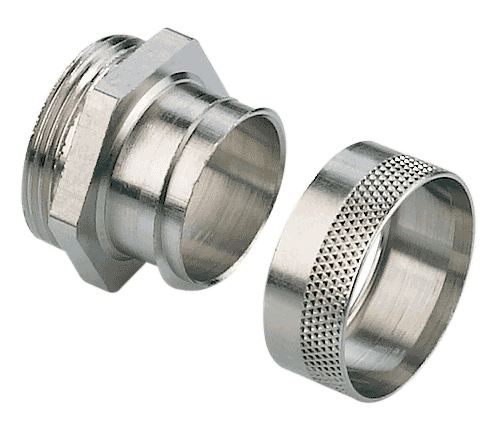 Electrical conduits pertain to electrical systems that are used to protect and provide routes to electrical wiring’s. These conduits are usually made of metal, plastic, or fiber. They could either be rigid or flexible.
Electrical conduits pertain to electrical systems that are used to protect and provide routes to electrical wiring’s. These conduits are usually made of metal, plastic, or fiber. They could either be rigid or flexible.
Electrical conduits come in different types, and the most popular ones are:
PVC conduits. PVC conduits are mostly chosen for outdoor use. They are the lightest conduit material and are the least expensive as well. They vary in width, depending on the uses and where the PVC will be installed. PVC conduits can resist both moisture and corrosion but the tubing itself is non-conductive,so an extra grounding conductor is usually passed into each conduit.
Metal conduits. Metal conduits can either come in flexible or rigid form. A flexible metal conduit is highly suitable for areas that have tight bends and close quarters which would make it hard to bend a regular conduit. A rigid metal conduit, on the other hand, is the thickest and heaviest type of all. It is usually used to run wires under driveways, service feeder installations, and in areas with more extreme or harsh conditions.
Electrical metallic tubing or EMT conduits. An EMT is a rigid electrical conduit. It is usually made of steel or aluminum. EMT conduits are popularly used materials in commercial, industrial and residential buildings since they can be bent to the required radius and directions.
Galvanized rigid conduits. Conduits made of galvanized steel tubing are usually known as rigid conduits. They are thick types of conduits that protect the electrical wiring from being hit. A galvanized conduit’s width also allows it to be threaded easily. Galvanized rigid conduits are commonly used in most commercial and industrial applications.
Installing Conduits
Installing a conduit system would require the use of various connectors. The conduit connectors allow you to join conduit “sticks” together for a long straight run. They also connect site-fabricated bends to conduits.
If you will be purchasing conduit connectors from an online shop for the first time, there are certain important considerations you need to keep in mind to make sure that you will be getting the best value for your purchase. These important considerations include:
- The different types of connectors the supplier offers. Different types of conduits require various types of connectors as well. To avoid the hassle of looking for and ordering from another shop for just one or two types of connectors, make sure you choose an online store that has a wide range of products to choose from.
- The online shop’s delivery time. You need to know how many days it would take for you to get your order.
- Custom solutions. Lastly, find out if the supplier can provide you customized conduit connectors that would be suitable for a special project that you have for your home or for other clients.

 A lot of people today are looking for unconventional items to use in designing,decorating and beautifying their homes. And aside from adding style or flair, these exceptional items should have functional purposes as well.
A lot of people today are looking for unconventional items to use in designing,decorating and beautifying their homes. And aside from adding style or flair, these exceptional items should have functional purposes as well.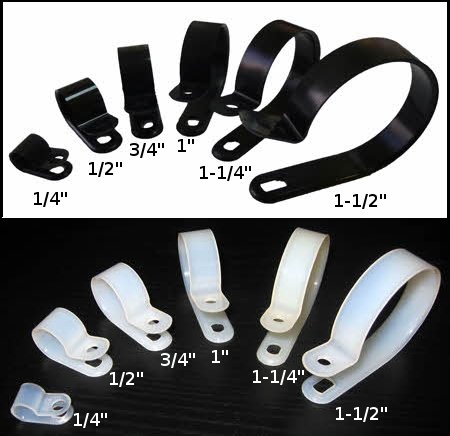 If you have a home office, a large number of home appliances, and several mobile devices that require frequent charging, then the appearance of cords and cables snaking every which way from wall outlets and extensions is nothing new. Computers, TV sets, home entertainment systems, landlines and other electronic appliances need electricity to function, so cables come with the products (except, of course, for wireless devices). At any given time, cables of varying lengths would be hanging down the back of these devices, trailing down shelving units and crawling over the floor.
If you have a home office, a large number of home appliances, and several mobile devices that require frequent charging, then the appearance of cords and cables snaking every which way from wall outlets and extensions is nothing new. Computers, TV sets, home entertainment systems, landlines and other electronic appliances need electricity to function, so cables come with the products (except, of course, for wireless devices). At any given time, cables of varying lengths would be hanging down the back of these devices, trailing down shelving units and crawling over the floor.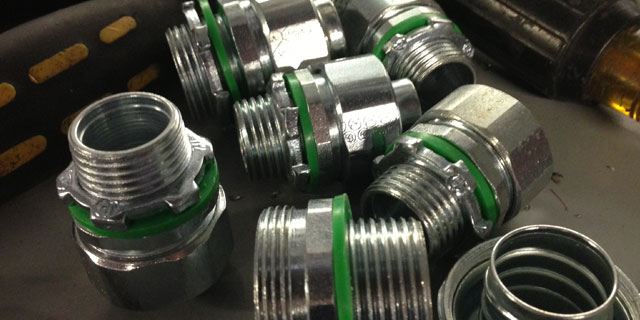 SealTite fittings may not be items that you would often see lying around the house, but it is highly likely that you have come across these materials before, albeit unknowingly. Perhaps you have watched your father setting up a sprinkler system for your home’s lawn or garden, or puzzled over a leak under your bathroom or kitchen sink with your spouse during your first year in a new apartment or house. Wherever conduits, piping and tubing are concerned,
SealTite fittings may not be items that you would often see lying around the house, but it is highly likely that you have come across these materials before, albeit unknowingly. Perhaps you have watched your father setting up a sprinkler system for your home’s lawn or garden, or puzzled over a leak under your bathroom or kitchen sink with your spouse during your first year in a new apartment or house. Wherever conduits, piping and tubing are concerned,  From electrical wires to surgical devices, you can find grommets in most items. These seemingly minor things can also be found in shower curtains, shoes (for your shoelaces) and other everyday stuff. So grommets, however common they may seem, serve a wide range of applications.
From electrical wires to surgical devices, you can find grommets in most items. These seemingly minor things can also be found in shower curtains, shoes (for your shoelaces) and other everyday stuff. So grommets, however common they may seem, serve a wide range of applications. Wires and cables are utilized in countless industrial applications to transmit signals and carry all kinds of power currents. From the cables in your home entertainment system to the wires used in electrical insulation, metal and shielding works, advanced engineering projects, high temperature settings, and various general purposes, these highly versatile and much-needed implements help make the world what it is today: high-tech and fully functional.
Wires and cables are utilized in countless industrial applications to transmit signals and carry all kinds of power currents. From the cables in your home entertainment system to the wires used in electrical insulation, metal and shielding works, advanced engineering projects, high temperature settings, and various general purposes, these highly versatile and much-needed implements help make the world what it is today: high-tech and fully functional.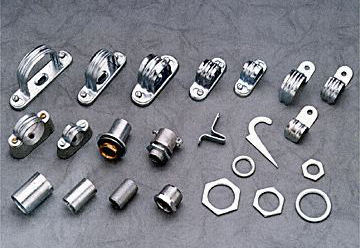 It can be difficult finding the right parts and tools for the specific equipment. The consideration not only lies in the cost of such items, but also in their specifications and features. When it comes to getting the right conduit fitting, how do you know you’re getting the right part?
It can be difficult finding the right parts and tools for the specific equipment. The consideration not only lies in the cost of such items, but also in their specifications and features. When it comes to getting the right conduit fitting, how do you know you’re getting the right part?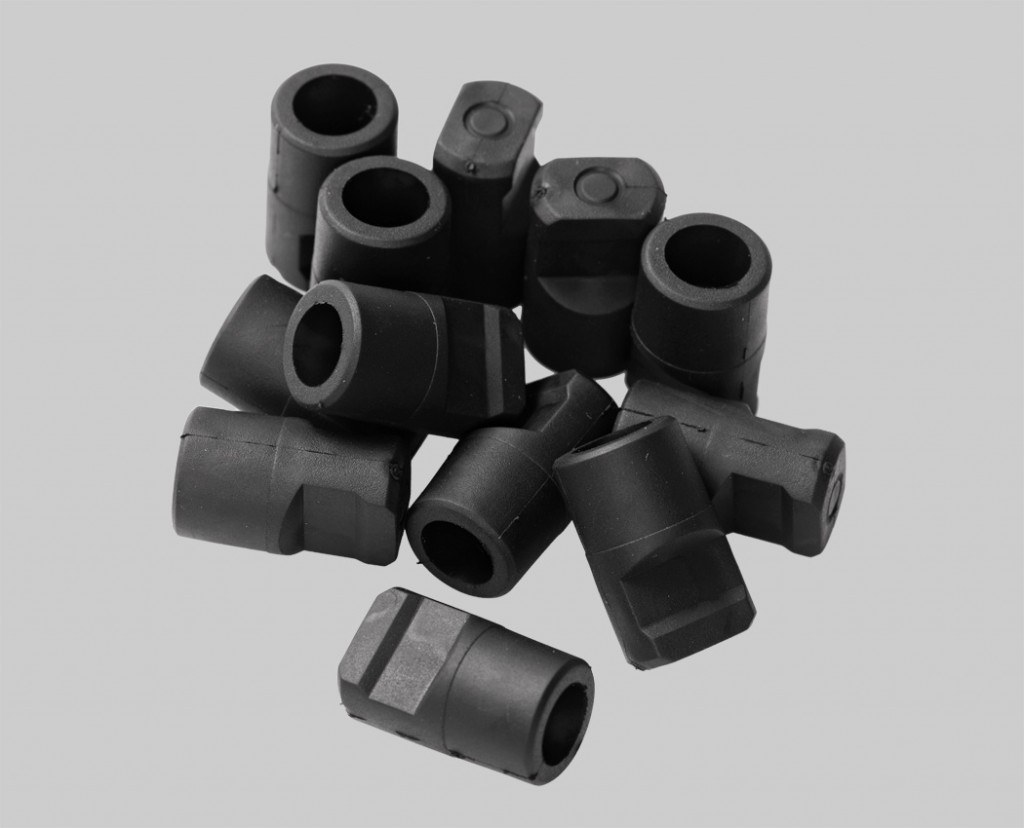 Most products intended for household use are proving their versatility – or perhaps people nowadays are just more creative with them. Since small items come in packs, it’s only smart that people find other uses for them instead of just storing them away until they are completely forgotten. Some of the small ticket items that can have a variety of uses are rubber plugs – yes, the material typically used to cover sink or bathtub drains and other holes.
Most products intended for household use are proving their versatility – or perhaps people nowadays are just more creative with them. Since small items come in packs, it’s only smart that people find other uses for them instead of just storing them away until they are completely forgotten. Some of the small ticket items that can have a variety of uses are rubber plugs – yes, the material typically used to cover sink or bathtub drains and other holes. Cables are indispensable in this highly technological day and age. In the average household, you will find cables running between televisions sets, DVD players, desktop computers, speakers, and video projectors. And with the proliferation of mobile devices like tablet PCs, smartphones and laptops, charger cables are also essential in ensuring that suitable battery levels are maintained.
Cables are indispensable in this highly technological day and age. In the average household, you will find cables running between televisions sets, DVD players, desktop computers, speakers, and video projectors. And with the proliferation of mobile devices like tablet PCs, smartphones and laptops, charger cables are also essential in ensuring that suitable battery levels are maintained.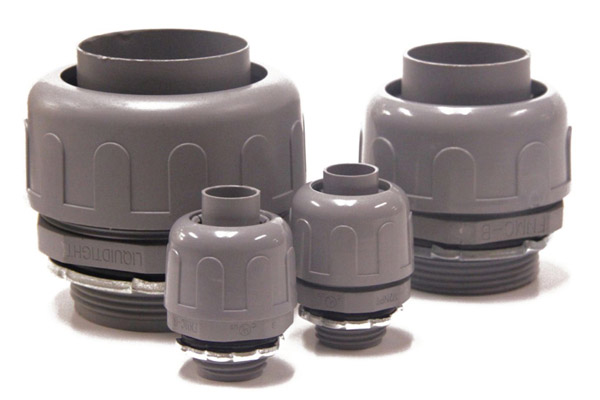 Water and other liquid elements are known to compromise the structural integrity of certain materials, which is why a lot of materials these days have multiple protective coatings to increase resistance to water and other liquids. Also protecting these products from the damaging effects of liquid components are Liquid Tight conduit fittings and tubing. For all cables or wiring’s that are not long enough and need to be tightly connected with extensions, those products are the best to use.
Water and other liquid elements are known to compromise the structural integrity of certain materials, which is why a lot of materials these days have multiple protective coatings to increase resistance to water and other liquids. Also protecting these products from the damaging effects of liquid components are Liquid Tight conduit fittings and tubing. For all cables or wiring’s that are not long enough and need to be tightly connected with extensions, those products are the best to use.